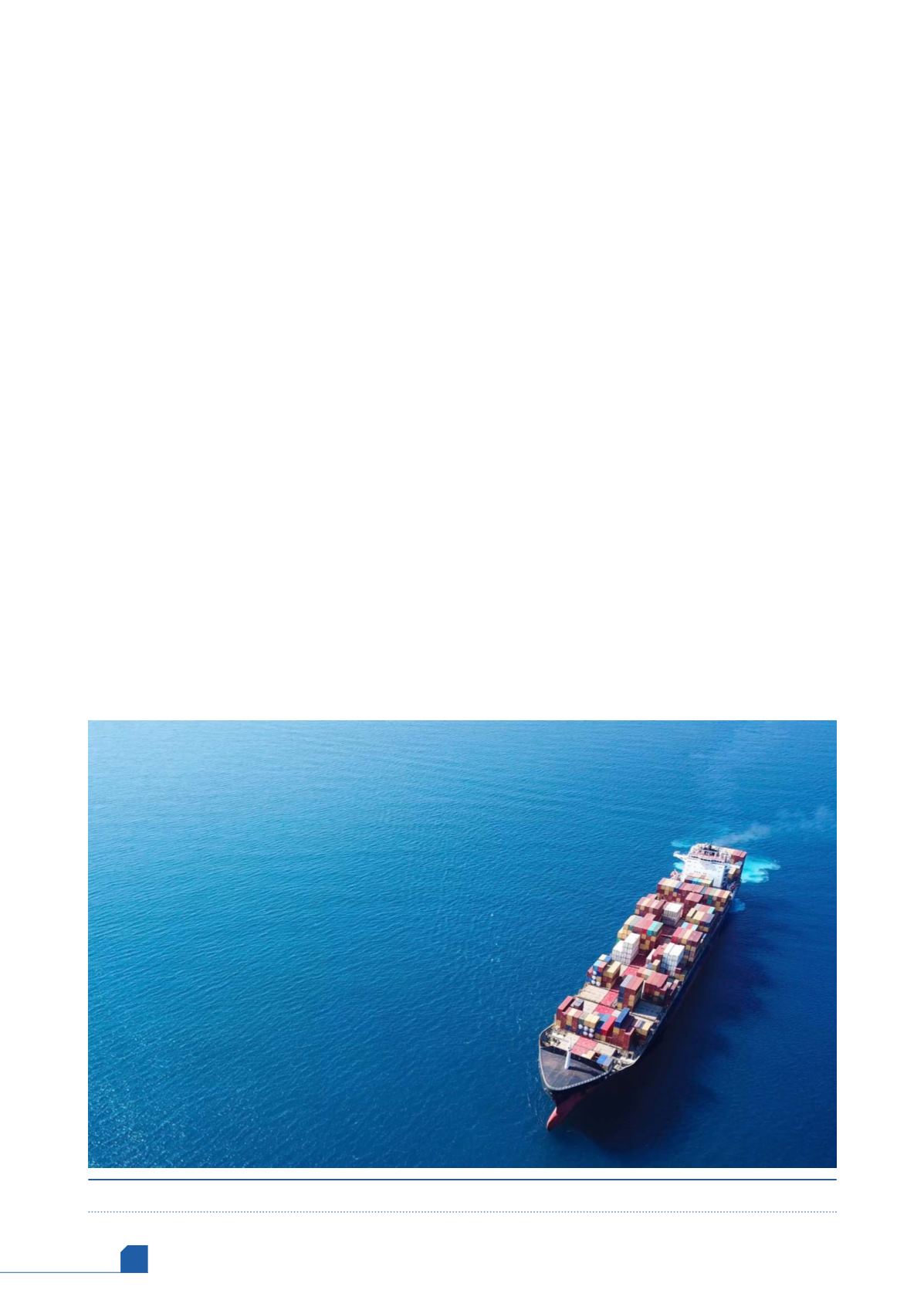
August
2019
HYDROCARBON
ENGINEERING
24
The impact on the world’s shipping and refining markets
will be substantial.
Prediction number one: there
will be no change in the date of
implementation
These regulations are going into effect on 1 January 2020
and there will be no adjustment. The response to various
requests from regulatory bodies and industry consortiums
to soften or delay the date have been rejected by the IMO.
While there will be no explicit change in the start date
for the regulations, some have questioned whether all
regulatory bodies will meet their IMO requirements for
implementation. This would be an effective delay in the
implementation by countries who simply choose to not
begin enforcement. There have been reports that in the US,
the White House is seeking to delay the implementation. In
April 2019, 14 Republican senators sent President Trump a
letter pushing for no delay in implementation, largely due to
the strength of the US refining position in the global refined
fuel market (particularly the lower sulfur grades required).
With this in mind, it is hard to believe that there will be
any overt or effective delay in the implementation of these
regulations.
Prediction number two: actual
compliance will vary
Once the regulations are in place, there are three ways to
comply:
On the ship – the addition of a scrubber on the engine
exhaust or conversion of the vessel to an alternate fuel
source.
In the tank – convert fuel source from standard high
sulfur marine fuel to lower sulfur marine fuel.
Break the rules.
Your view on how the shipping industry and regulators
behave will be directly proportional to how large the impact
of these regulations will be.
First, these three options must be considered in more
detail.
Option one – solutions on the ship
Scrubbing systems would allow the vessel to burn the
existing fuel and have already been installed on
approximately 5% of ships. These systems cost between
US$1 – 10 million to install. This number will not grow
substantially, as all scrubbers which will be in place by the
deadline have already been ordered and are in line for
installation.
Even more complicated would be the reconfiguration of
the ship’s fuel source to a lower sulfur variant (LPG, LNG,
others). While attractive for multiple reasons, this is even
more complicated and is far more likely to be a regional
solution, rather than an international vessel fuelling solution.
Option two – in the tank
The most straightforward method of compliance would be
to simply utilise approved fuel. Some have theorised that
ships will burn the lower sulfur fuel near ports and higher
sulfur fuel during ocean transit. This, however, now seems
less likely since the amendment last autumn by the IMO
which would ban any vessel that is not outfitted with a
scrubber to transport with high sulfur fuel in its tanks,
Figure 1.
With no delay to its implementation in sight, the shipping industry will have to adapt rapidly to IMO 2020.








